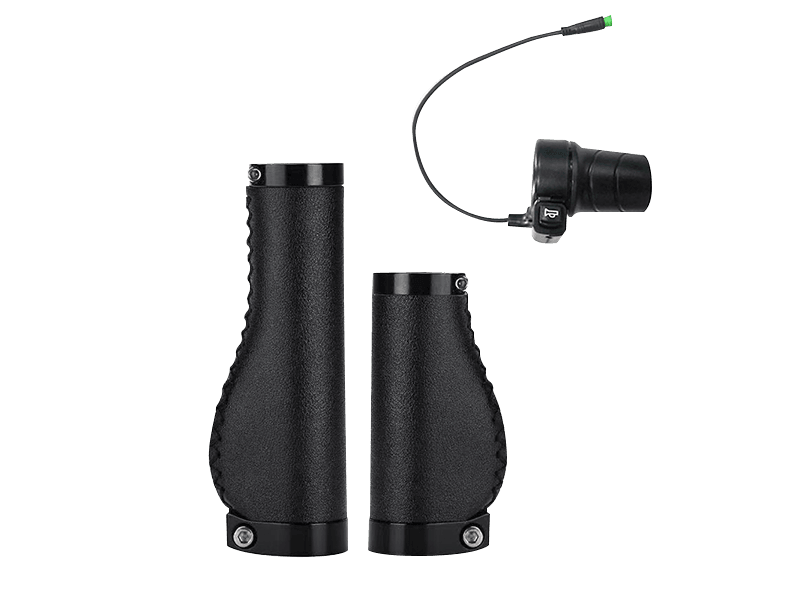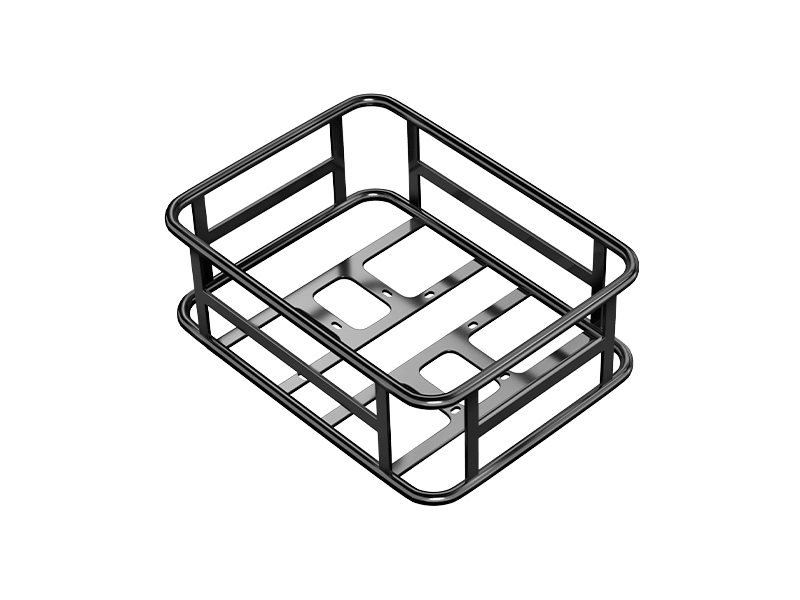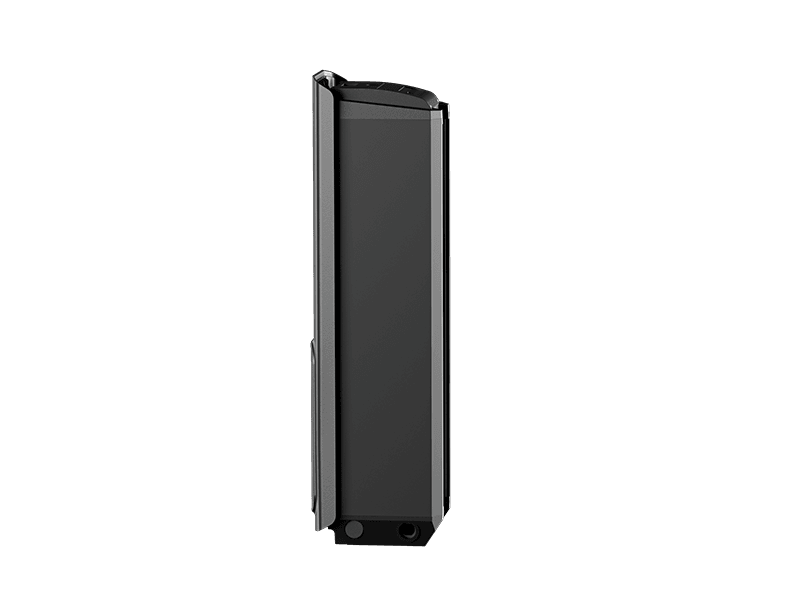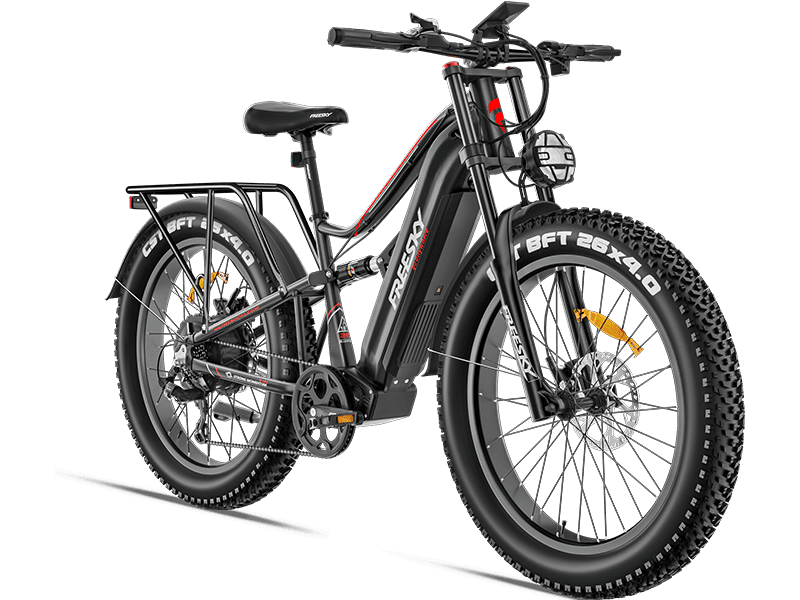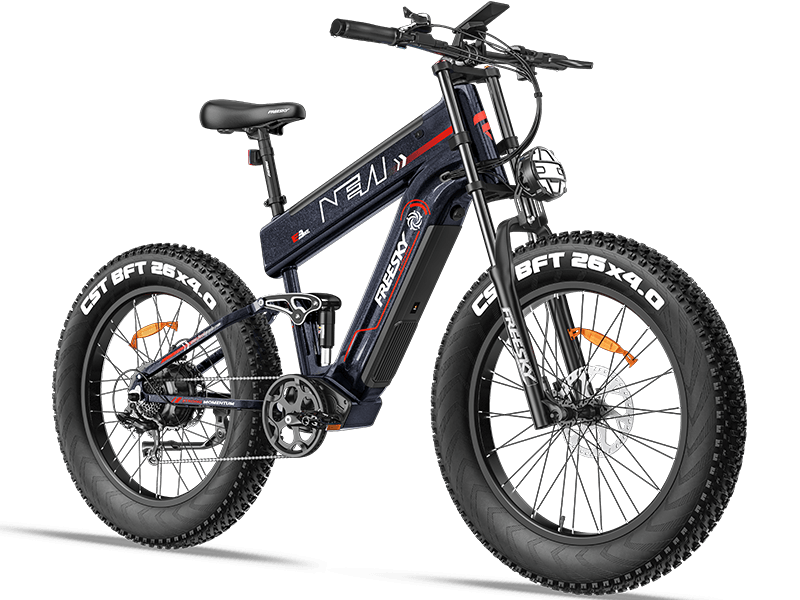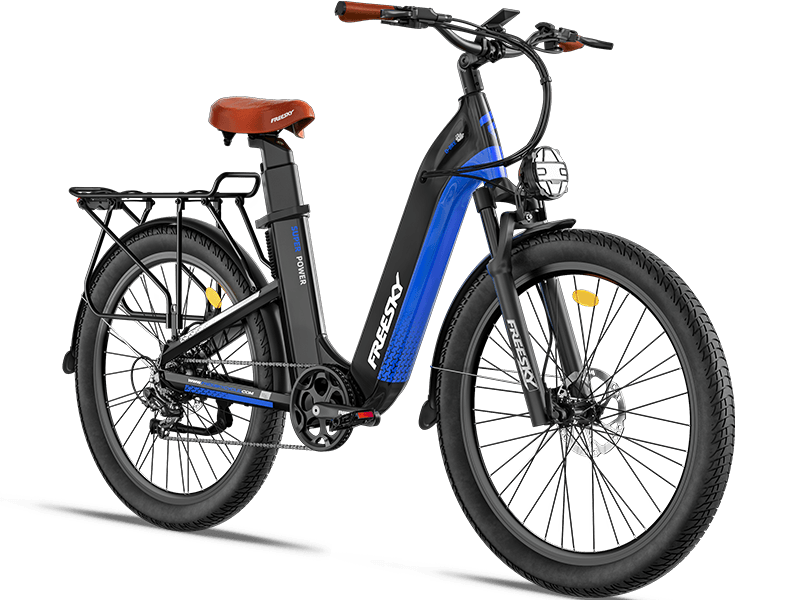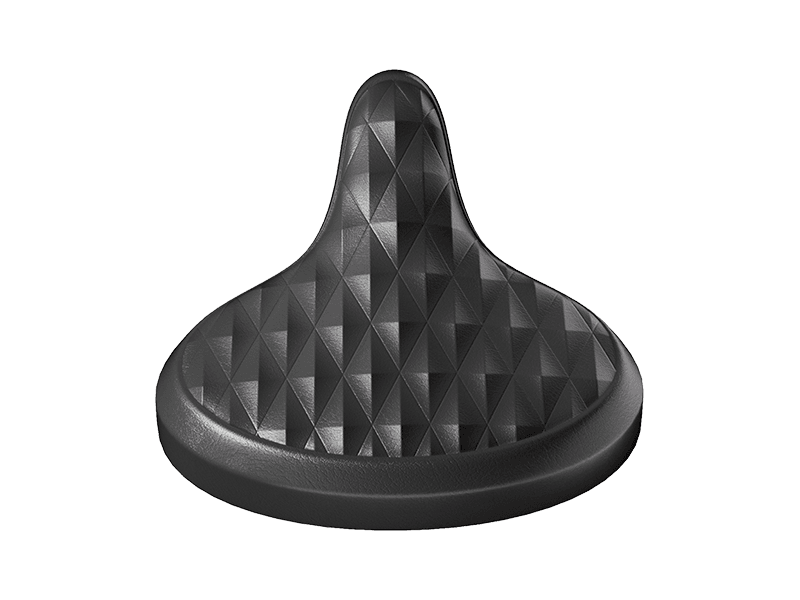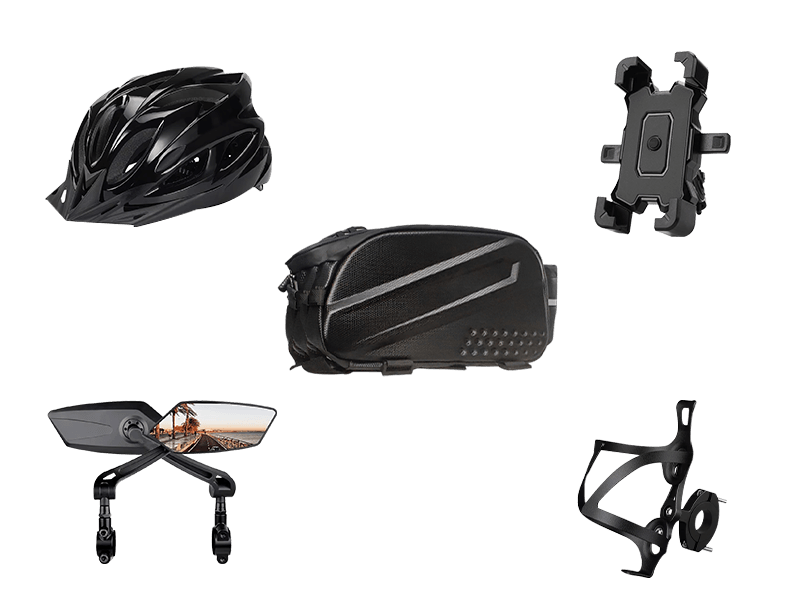How to Choose a Bike Helmet: A Comprehensive Guide
JUN 06, 2024
Choosing the right bike helmet is crucial for ensuring safety while cycling. With so many options available, it can be overwhelming to find the perfect fit and style. This guide will walk you through the essential factors to consider when selecting a bike helmet, helping you make an informed decision that prioritizes your safety and comfort.
1. Safety Standards
The most important aspect of a bike helmet is its ability to protect you in case of an accident. Look for helmets that meet the safety standards set by organizations like the Consumer Product Safety Commission (CPSC) in the United States, or the European standard CE EN 1078. These certifications ensure that the helmet has passed rigorous testing and provides adequate protection.
2. Helmet Fit
A helmet that fits well is not only more comfortable but also offers better protection. Follow these steps to ensure a proper fit:
- Measure Your Head: Use a flexible tape measure to determine the circumference of your head, about an inch above your eyebrows.
- Try Before You Buy: If possible, try on several helmets to find one that fits snugly without being too tight. The helmet should sit level on your head and not tilt backward or forward.
- Adjust the Straps: The straps should form a "V" shape under your ears and feel secure when fastened. The helmet should not move excessively when you shake your head.
3. Helmet Types
Different types of bike helmets are designed for different cycling activities. Here are the main types:
- Road Helmets: Lightweight and well-ventilated, ideal for long-distance and speed-focused riding.
- Mountain Bike Helmets: Provide more coverage at the back of the head and often include visors for sun protection.
- Commuter Helmets: Designed for urban riding, often featuring built-in lights and reflective elements for increased visibility.
- Full-Face Helmets: Used for downhill or extreme mountain biking, offering maximum protection with a chin guard.
4. Ventilation
Proper ventilation is essential for keeping your head cool and comfortable, especially on long rides. Look for helmets with ample vents that allow for good airflow. However, more vents typically mean less material, so ensure that the helmet still meets safety standards.
5. Weight
A lighter helmet can significantly enhance your riding experience, reducing strain on your neck and shoulders. While lightweight helmets tend to be more expensive, the added comfort is often worth the investment, especially for avid cyclists.
6. Additional Features
Modern bike helmets come with various additional features that can enhance your riding experience:
- MIPS Technology: Multi-directional Impact Protection System (MIPS) is a safety feature designed to reduce rotational forces during certain impacts.
- Built-in Lights: Some helmets have integrated front and rear lights for better visibility in low-light conditions.
- Adjustable Visors: Useful for blocking the sun and protecting your face from branches and debris on trails.
- Reflective Elements: Enhance your visibility to motorists during night rides.
7. Style and Design
While safety is paramount, you also want a helmet that you feel good wearing. Helmets come in various styles and colors, so you can choose one that matches your personal taste. Remember, a helmet you like is one you are more likely to wear consistently.
8. Budget
Bike helmets range from budget-friendly to high-end models. While it's tempting to go for the cheapest option, investing in a quality helmet can make a significant difference in safety and comfort. Set a budget that balances affordability with the features and protection you need.
Conclusion
Choosing the right bike helmet involves considering safety standards, fit, type, ventilation, weight, additional features, style, and budget. By taking the time to find a helmet that meets your specific needs and preferences, you ensure a safer and more enjoyable cycling experience. Remember, your helmet is an investment in your safety—choose wisely and ride confidently!


